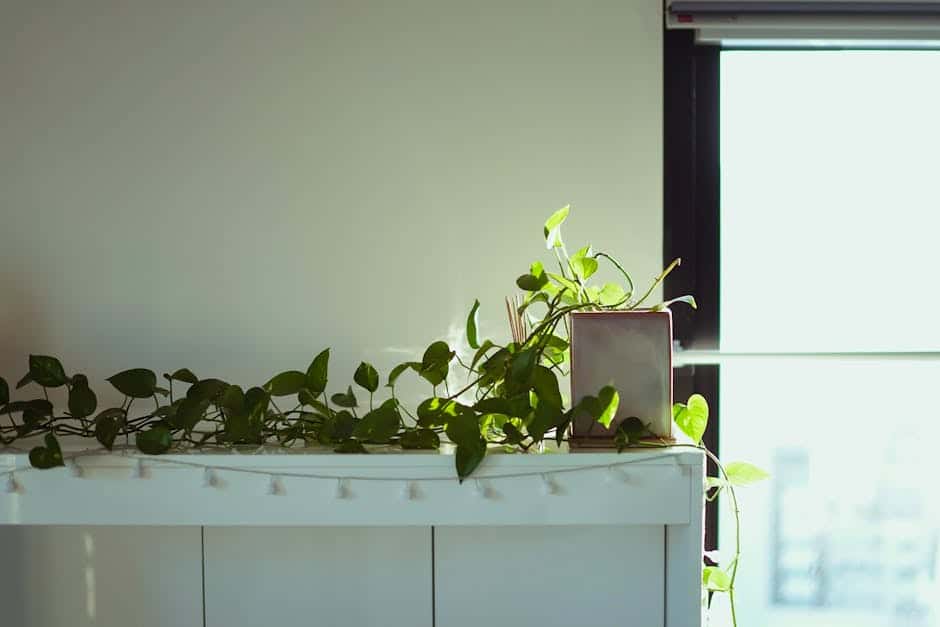How to Cultivate Strawberries Hydroponically
Are you interested in growing strawberries but don’t have access to a traditional garden? Hydroponic cultivation offers a fantastic solution, allowing you to grow strawberries without soil and in a controlled environment. In this article, we will explore the steps and considerations involved in cultivating strawberries hydroponically.
Choosing the Best Hydroponic System
The first step in cultivating strawberries hydroponically is selecting the right system. While there are several options available, one of the most recommended systems for strawberries is the ebb and flow system. This system involves flooding the plant’s roots with water and nutrient solution before draining it away. Some popular ebb and flow system options include Super Closet Bubble Flow Buckets and Botanicare Ebb & Flow Kits.
Setting Up the System
Once you have chosen a hydroponic system, it’s time to set it up correctly. Follow the instructions provided with your chosen system, which may involve assembling grow trays, connecting pumps and timers, and ensuring proper drainage. Take care to arrange the system in a suitable location, providing adequate lighting and a temperature range of around 60-80°F (15-27°C) for optimal growth.
Selecting a Grow Medium
Next, you’ll need to choose a suitable grow medium for your strawberries. Common options include coco coir, perlite, and rockwool. The grow medium provides support for the plants’ roots and facilitates proper water and nutrient absorption.
Preparing the Nutrient Solution
Mixing a hydroponic nutrient solution is crucial for providing the necessary nutrients to your strawberry plants. Follow the manufacturer’s instructions to create a solution with the right balance of nutrients for strawberry growth. This step is essential for achieving healthy and productive plants.
Planting the Strawberries
Once your system is set up and the nutrient solution is ready, it’s time to plant the strawberries. Place the strawberry plants into the chosen grow medium, ensuring that the roots are well-covered. Be sure to space the plants according to the specific requirements of the strawberry variety you are growing.
Monitoring and Adjusting pH and Nutrient Levels
Regularly monitor the pH and nutrient levels in your hydroponic system to ensure they are within the appropriate range for strawberries. Adjust as necessary to maintain optimal conditions for plant growth. This step is vital for preventing nutrient deficiencies or imbalances that could hinder your plants’ development.
Maintaining Water and Nutrient Circulation
To promote healthy growth, follow the recommended flood and drain cycles for your ebb and flow system. This ensures that your plants receive adequate water and nutrients without overwatering. Proper water and nutrient circulation are crucial for maximizing your strawberry yield.
Pruning and Maintaining the Plants
Regular maintenance is necessary to keep your hydroponic strawberry plants in optimal condition. Remove any dead or yellowing leaves and trim runners to promote healthier growth. Additionally, monitor for pests or diseases and take appropriate action if necessary. Pruning and maintenance help ensure that your plants stay productive and disease-free.
Harvesting the Strawberries
Finally, once your strawberries are fully ripe, carefully pick them from the plants and enjoy the fresh, hydroponically grown fruit. Harvesting at the right time guarantees the best flavor and quality.
Benefits of Hydroponic Strawberry Cultivation
Now that you understand the process of cultivating strawberries hydroponically, let’s explore the benefits of this method:
- Increased Yields: Hydroponic systems can provide optimal growing conditions, resulting in higher strawberry yields compared to traditional soil cultivation.
- Quicker Growth: By providing a concentrated nutrient solution directly to the roots, hydroponic cultivation promotes faster and bigger growth.
- Space Efficiency: Vertical stacking in hydroponic systems allows you to maximize space and grow more strawberries in a limited area.
- Cleaner Growing Environment: Hydroponic systems create a cleaner environment with fewer pests, reducing the need for pesticides and making it easier to maintain plant health.
- Extended Growing Season: With hydroponics, you can control the growing conditions and extend the strawberry growing season beyond traditional outdoor limitations.
Related Websites:
FAQs:
Q: What are the benefits of hydroponic growing?
Hydroponic growing offers several benefits, such as higher yields, faster growth rates, and efficient use of water and nutrients. It also allows for year-round cultivation and eliminates the need for soil, making it a space-saving option.
Q: What hydroponic system is best for growing strawberries?
There are different types of hydroponic systems suitable for growing strawberries, including nutrient film technique (NFT), deep water culture (DWC), and vertical towers. Each system has its advantages and disadvantages, so it’s important to consider factors like space, budget, and personal preferences when choosing the most appropriate system.
Q: How do I set up a hydroponic system for growing strawberries?
To set up a hydroponic system for growing strawberries, you will need equipment and materials such as a reservoir, grow lights, growing medium, pH meter, and nutrient solution. Follow step-by-step instructions to assemble the system, ensuring proper water circulation, adequate lighting, and nutrient balance.
Q: What are the essential nutrients required for hydroponic strawberry cultivation?
Hydroponic strawberries require essential nutrients like nitrogen, phosphorus, potassium, calcium, magnesium, and trace elements. These nutrients play a crucial role in the plant’s growth, flowering, and fruit development. Maintaining a balanced nutrient solution is vital for healthy and productive strawberry plants.
Q: How can I prevent pests and diseases in hydroponic strawberry cultivation?
To minimize pest and disease risks in hydroponic strawberry cultivation, practice good hygiene by regularly cleaning and sanitizing the system. Implement preventive measures like using pest-resistant varieties, providing proper air circulation, and monitoring plant health. In case of pest or disease outbreaks, consider organic control methods such as introducing beneficial insects or using approved pesticides.






